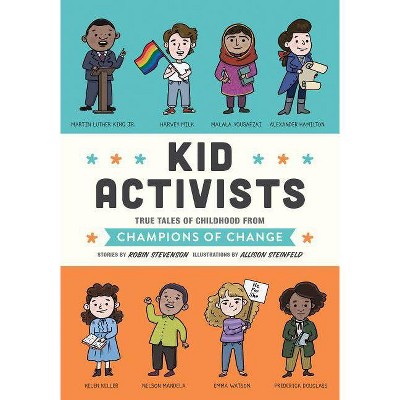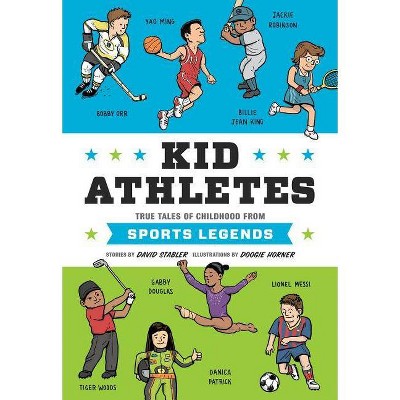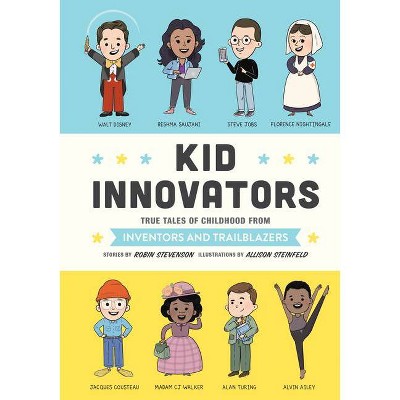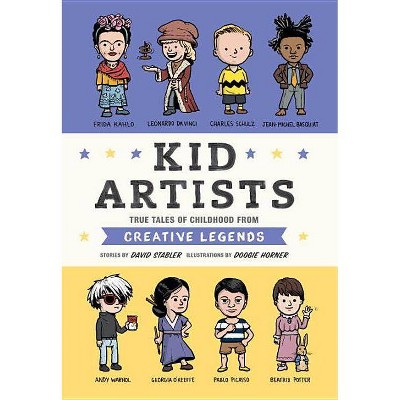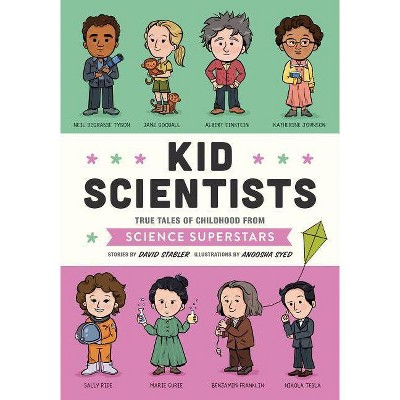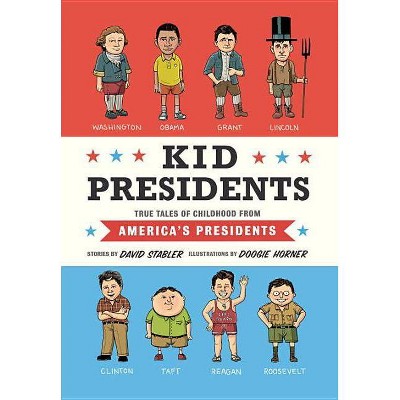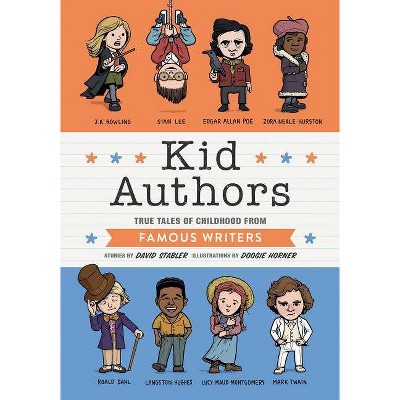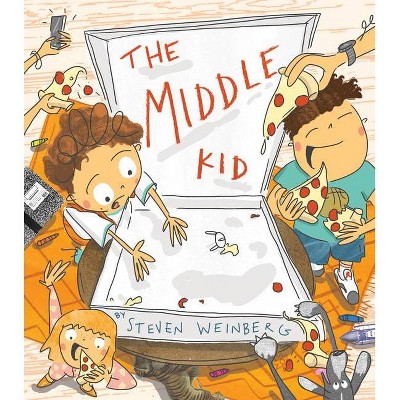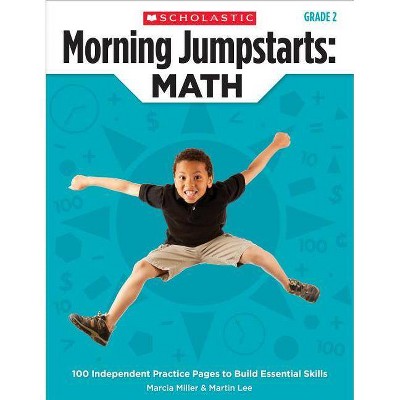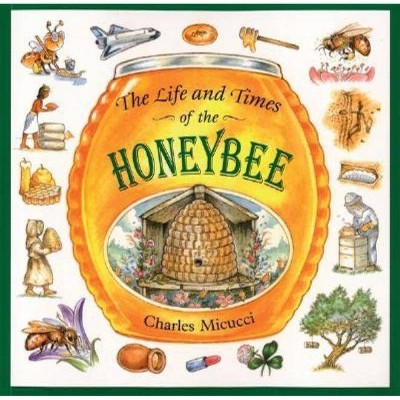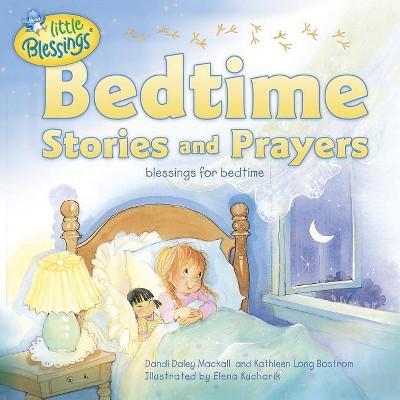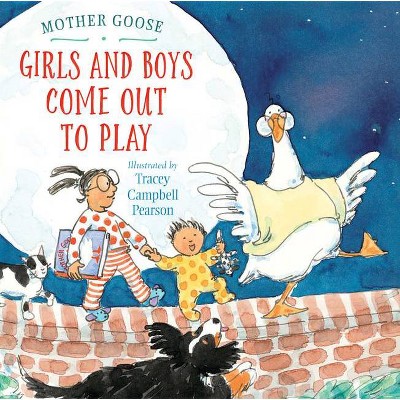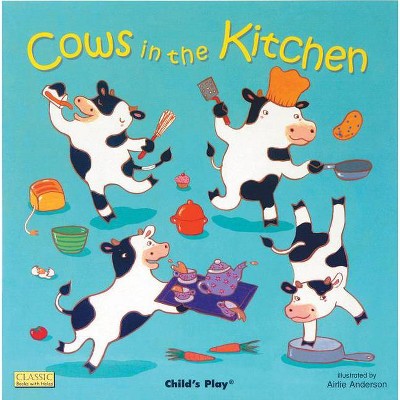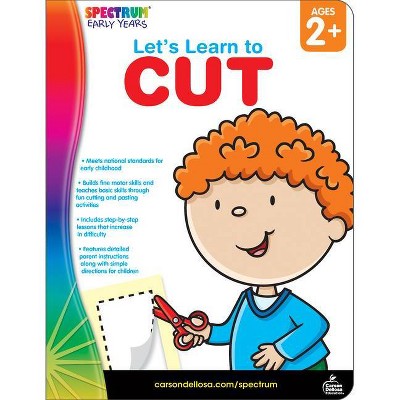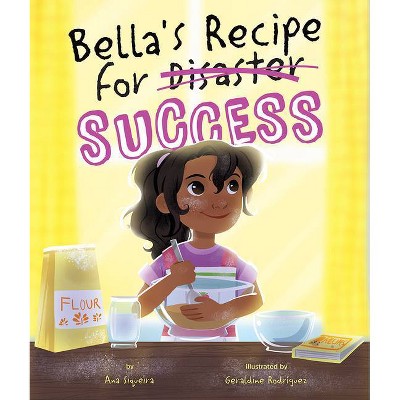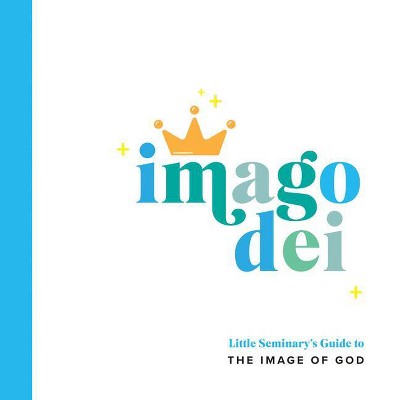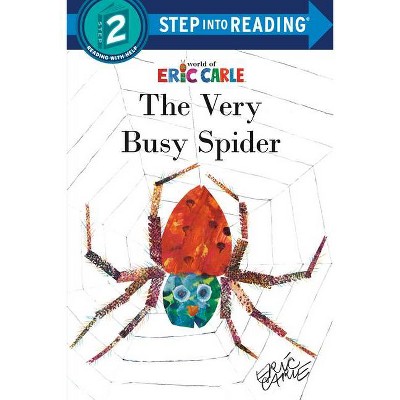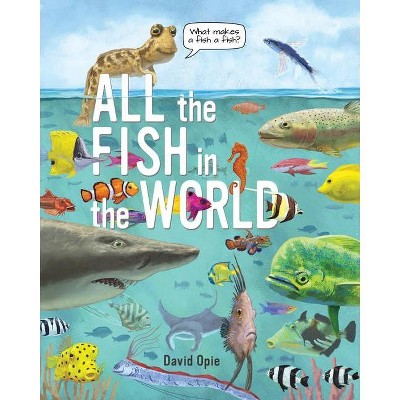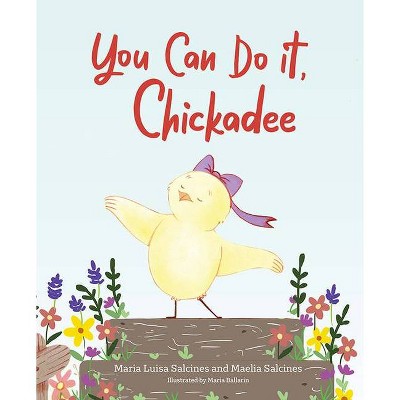A Kid Is a Kid Is a Kid - by Sara O'Leary (Hardcover)
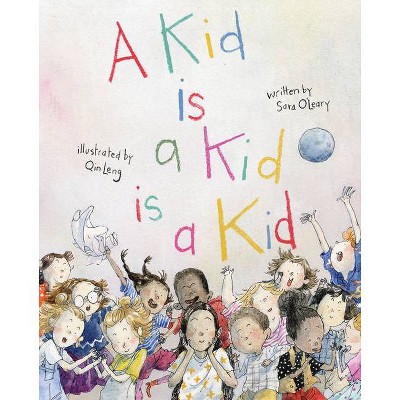
Similar Products
Products of same category from the store
AllProduct info
<p/><br></br><p><b> About the Book </b></p></br></br>"In this companion to the enormously popular A Family Is a Family Is a Family, a group of kids share the silly questions they always hear, as well as the questions they would rather be asked about themselves."--Provided by publisher.<p/><br></br><p><b> Book Synopsis </b></p></br></br><p><strong>In this companion to the enormously popular </strong><strong><em>A Family Is a Family Is a Family</em></strong><strong>, a group of kids share the silly questions they always hear, as well as the questions they would </strong><strong><em>rather</em></strong><strong> be asked about themselves.</strong></p><p><em>Being the new kid is hard</em>, a child in the school playground tells us. <em>I can think of better things to ask than if I'm a boy or a girl.</em> Another child comes along and says she gets asked why she always has her nose in a book. Someone else gets asked where they come from. </p><p>One after another, children share the questions they're tired of being asked again and again -- as opposed to what <em>they </em>believe are the most important or interesting things about themselves. As they move around the playground, picking up new friends along the way, there is a feeling of understanding and acceptance among them. And in the end, the new kid comes up with the question they would definitely all like to hear: "Hey kid, want to play?"</p><p>Sara O'Leary's thoughtful text and Qin Leng's expressive illustrations tell a story about children who are all different, all themselves, all just kids.</p><p><strong>Correlates to the Common Core State Standards in English Language Arts: </strong></p><p>CCSS.ELA-LITERACY.RL.1.6</p><p>Identify who is telling the story at various points in a text.</p><p>CCSS.ELA-LITERACY.RL.2.6</p><p>Acknowledge differences in the points of view of characters, including by speaking in a different voice for each character when reading dialogue aloud.</p><p>CCSS.ELA-LITERACY.RL.2.1</p><p>Ask and answer such questions as who, what, where, when, why, and how to demonstrate understanding of key details in a text.</p><p>CCSS.ELA-LITERACY.RL.3.1</p><p>Ask and answer questions to demonstrate understanding of a text, referring explicitly to the text as the basis for the answers.</p><p>CCSS.ELA-LITERACY.RL.1.7</p><p>Use illustrations and details in a story to describe its characters, setting, or events.</p><p>CCSS.ELA-LITERACY.RL.2.7</p><p>Use information gained from the illustrations and words in a print or digital text to demonstrate understanding of its characters, setting, or plot.</p><p>CCSS.ELA-LITERACY.RL.3.7</p><p>Explain how specific aspects of a text's illustrations contribute to what is conveyed by the words in a story (e.g., create mood, emphasize aspects of a character or setting)</p>
Price History
Price Archive shows prices from various stores, lets you see history and find the cheapest. There is no actual sale on the website. For all support, inquiry and suggestion messagescommunication@pricearchive.us
